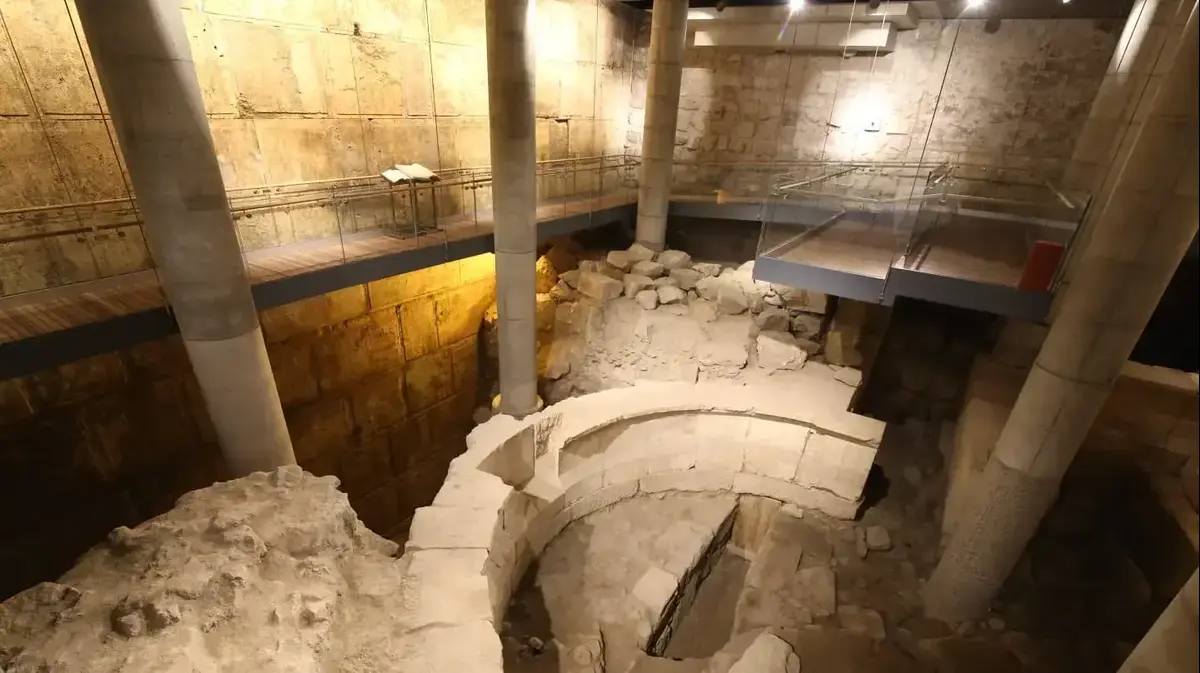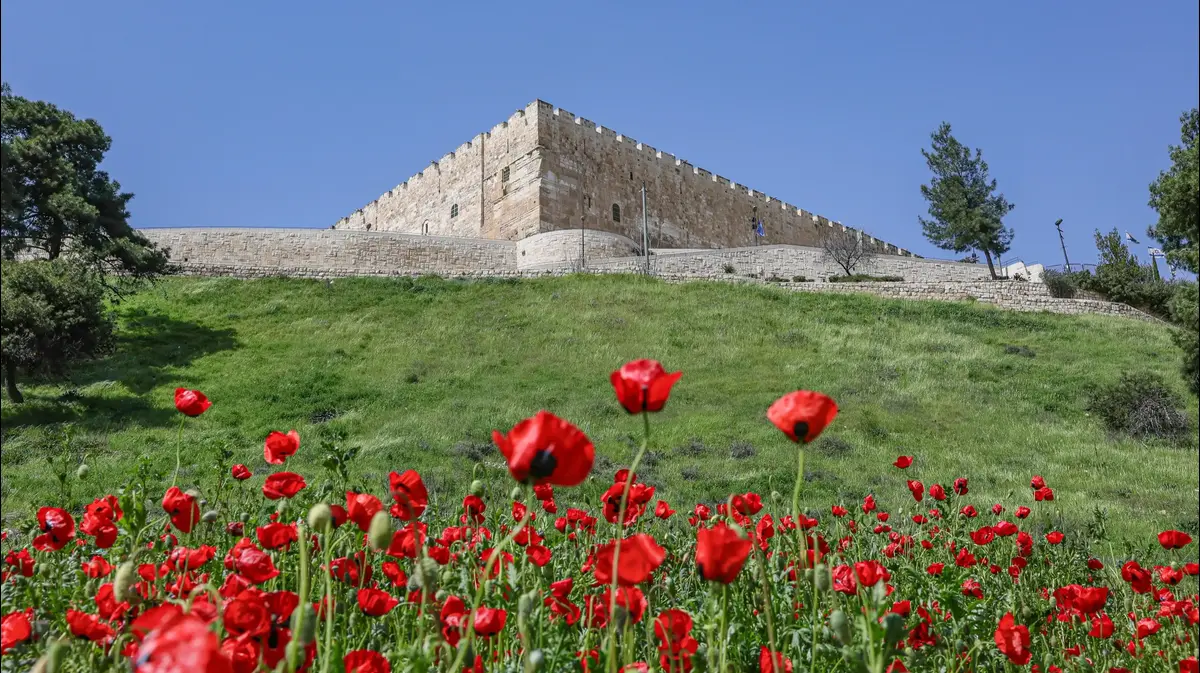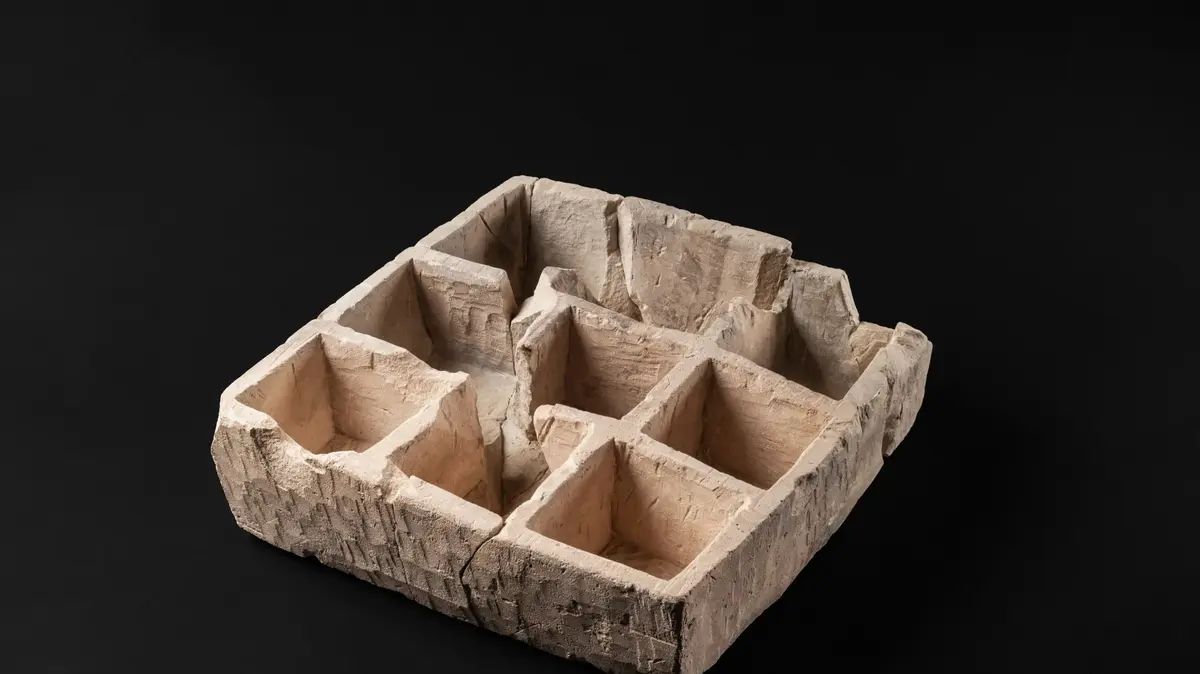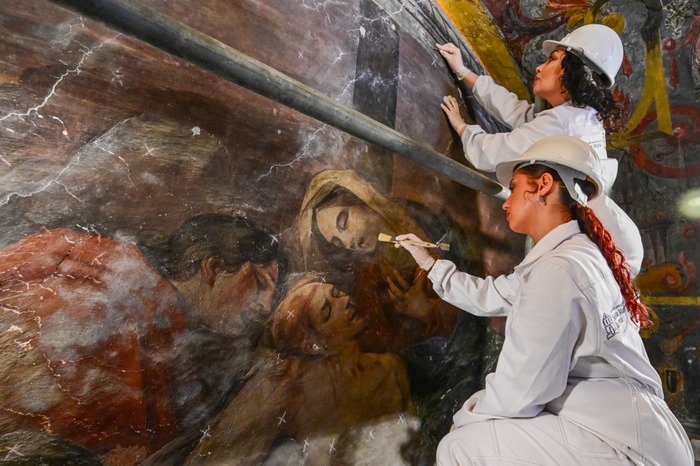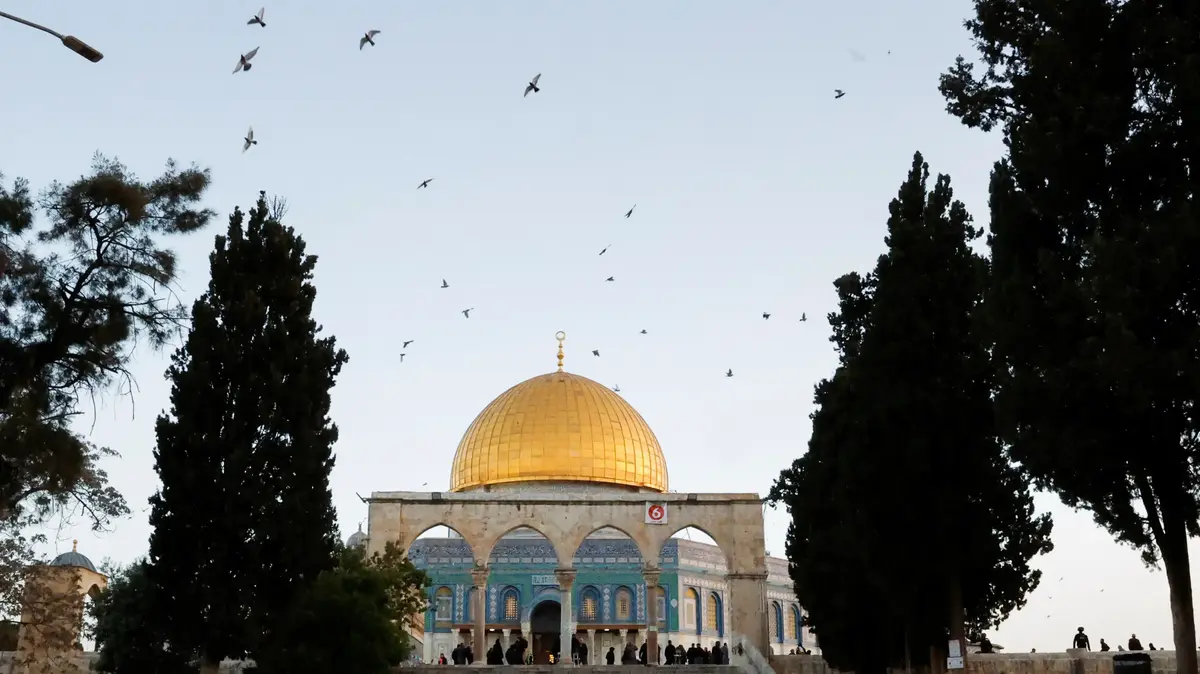The Great Bridge at the Western Wall (Photo: The Wall Heritage Foundation)
Many visit the Western Wall plaza in Jerusalem, tour the Wall tunnels and are exposed to the inner parts of the complex - the information about which only expands and develops over the years.
But it turns out that this is only one layer of an entire underground city, which is slowly being revealed under the square.
The floor of the Western Wall does not symbolize its foundations and the end of the outer wall that remains as the last remnant of the Second Temple, which was destroyed almost 2,000 years ago.
In the last two years - while the citizens of the world in general, and the city of Jerusalem in particular, were confined to their homes due to the closures of the Corona epidemic - the activity at the Western Wall was at its peak;
The archaeological development and conservation work was accelerated there, and significant and far-reaching excavations were carried out that yielded breathtaking results.
The Great Bridge at the Western Wall (Photo: The Wall Heritage Foundation)
The discoveries found are amazing, and now, with the return to normalcy, visitors to the Western Wall can be exposed to the ancient sights, which also introduce the people of the 21st century to the atmosphere of those days.
The highlight is the Great Bridge: an impressive architectural structure, which was used by the priests and also led water to the temple for the benefit of the sacred service.
So yes, even if you've already visited the Wall tunnels, and even been there more than once, you haven't seen everything yet.
The new discoveries will take you down another floor underground, and reveal to you the glorious days of the Second Temple at the foot of the Western Wall;
As strange as it may sound: as the years go by and the distance from the glory period of the Temple Mount increases, the closer you can get and learn more about the rich world that was there.
The story of the bridge is also the story of the splendor and destruction of Jerusalem as a whole.
The aqueduct on the bridge is an engineering marvel, created with advanced technology for its time.
In order to transport the water from Solomon's Pools in Bethlehem, the Hasmoneans built an aqueduct about 23 kilometers long, which passes through the Commissioner's Palace, Mishkanim Shananim and the Jewish Quarter.
This aqueduct served as one of Jerusalem's main water sources for almost 2,000 years, until the days of the British Mandate.
The destruction of Jerusalem can be seen through the demolition of the bridge, which occurred twice during history.
The first time it was the Hasmoneans themselves - sons of Shlomzion - who destroyed it during a struggle between them.
The second destruction of the bridge was done at the time of the destruction of the Temple, and symbolizes the departure into exile.
Since then he has not recovered.
During the excavations at the site, a magnificent public building from the Second Temple period was discovered under the bridge, which was well preserved.
The building is decorated with many impressive architectural items, and it has one of the largest mikveh found.
The use of this room remains a mystery.
The Great Bridge at the Western Wall (Photo: The Wall Heritage Foundation)
According to estimates, the Jews who lived in Jerusalem around the 30s AD (about four decades before the destruction) built the structure.
The room was built at the base of the Great Bridge, and is located at the foot of the Temple Mount - near the main street, which was full of shops that were outside the temple gates, where the pilgrims passed before ascending to the Temple Mount.
The arches and openings that are clearly and conspicuously visible indicate the existence of those shops.
After the destruction of the Second Temple, the building was partially destroyed - on its ruins, the Romans built a large and magnificent bathhouse.
How ironic and absurd this sight is: the same bathing house symbolizes hedonism which stands in complete contrast to the mikvah that preceded it, and symbolized the holy work of the temple.
The Hall of the Periods adjacent to the magnificent building symbolizes the constant connection between the people of Israel and Jerusalem, and in one space there are finds from different and diverse periods - the oldest of which are pottery dating to the tenth century BC, in the days of David and Solomon.
It also has a floor from the time of King Hezekiah of Judah during the First Temple, a Hasmonean water dispenser, a wall from the Second Temple and arches from the later periods - the early Muslim, Crusader and Mamluk periods.
The Great Bridge at the Western Wall (Photo: The Wall Heritage Foundation)
During the conservation work, drilling was done in the north wall of the mikveh, and as a result, the "floor of the mikveh" was discovered.
After all the many years that have passed, it still has a miraculous emanation;
The water flows from it and fills the space of the mikvah throughout the year.
A greater wonder than this is that the drainage opening of the mikveh, which is more than 2,000 years old, is still working, and thus the waters of the mikveh from the new source continue on to the depths of the earth without interruption.
The last arch at the base of the Great Bridge, the Wilson Arch, is used today as an indoor prayer area in the Western Wall plaza.
The arch was discovered as early as 1867, but was arranged for prayer only after the liberation of the city in the Six Day War.
Rabbi Getz described in his diary how the process of clearing the dirt took place in a moving film by people and not by tractors that could destroy the pavement.
One of the biggest surprises of the excavation was the discovery of a theater-like structure under the arch.
This theater can accommodate over 200 people and was probably used for limited performances (Odeon), or alternatively as a meeting place for the dignitaries of the people to make decisions in the leadership (Bulitaryon) and perhaps even as a meeting place for the Sanhedrin after they were displaced from their place in the temple near the destruction.
The construction of this theater was never completed, so some scholars believe that it was never actually used.
Some researchers claim that its construction was stopped due to the outbreak of the Bar Kochba rebellion.
Another area will soon be opened for tours, and it is estimated that within about a decade the excavations under the square will be completed, and in fact there will be a completely lower square - one that is located exactly under the famous floor and will reach all the way to the Wall itself.
In light of the buildings, souvenirs and infrastructure that have already been found, one can only imagine and be excited by the discoveries that await later in the process.
The route of the Great Bridge in the Wall tunnels>>
The Wall Heritage Foundation
Tags
The Western Wall

